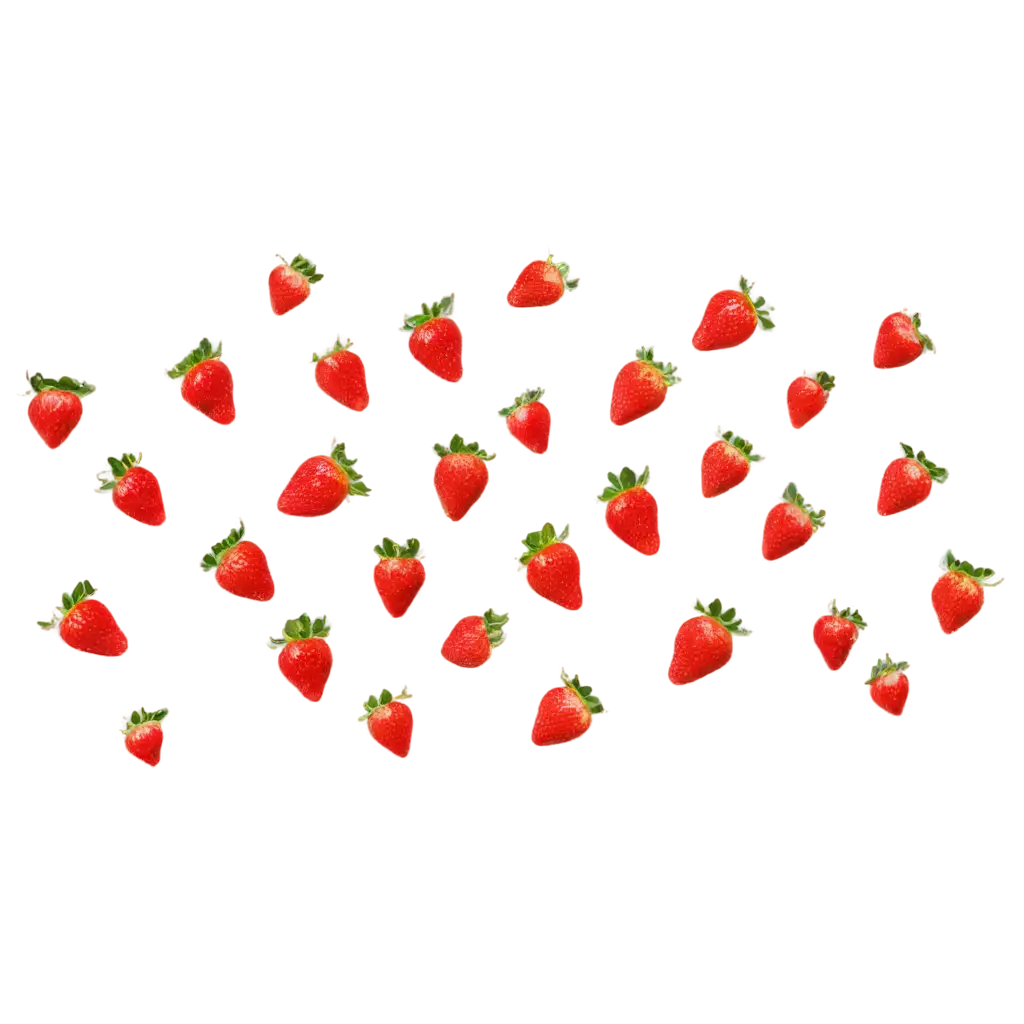6 Free agricultural produce transparent PNG images
Welcome to our Agricultural Produce image collection, showcasing 6 free AI-generated images. Explore a diverse array of stock photos, 3D objects, vectors, and illustrations related to farm-fresh products. Enjoy high-resolution downloads and use our 'open in editor' feature to customize prompts for your perfect agricultural image.






Agricultural produce refers to the raw products obtained from farming activities, including fruits, vegetables, grains, and animal products. These commodities form the foundation of our food supply chain, connecting farmers to consumers. The diversity of agricultural produce reflects the variety of climates, soils, and farming techniques employed worldwide. From staple crops like wheat and rice to exotic fruits and specialty vegetables, agricultural produce encompasses a wide range of products essential for human nutrition and economic activity.
Agricultural Produce: From Farm to Table
Agricultural produce can be categorized into several groups: fruits (e.g., apples, oranges, berries), vegetables (e.g., tomatoes, lettuce, carrots), grains (e.g., wheat, corn, rice), legumes (e.g., beans, lentils, peas), nuts and seeds, and animal products (e.g., milk, eggs, honey). Each type of produce has unique characteristics in terms of growth requirements, harvesting methods, and storage needs. For instance, leafy greens require careful handling to maintain freshness, while root vegetables can be stored for longer periods. Understanding these characteristics is crucial for farmers, distributors, and consumers to ensure optimal quality and minimize waste.
Types and Characteristics of Agricultural Produce
Agricultural produce plays a vital role in the global economy, contributing significantly to international trade and local economies. Many countries rely on agricultural exports as a major source of income, while others depend on imports to meet their food needs. Beyond its economic impact, agricultural produce shapes cultural identities through traditional cuisines and agricultural practices. For example, rice is a staple in many Asian cultures, while corn is central to various Latin American cuisines. The production and consumption of agricultural produce also influence social structures, land use patterns, and environmental policies worldwide.
The Impact of Agricultural Produce on Global Economy and Culture
The future of agricultural produce production is being shaped by several key trends. Sustainable farming practices, including organic and regenerative agriculture, are gaining popularity as consumers become more environmentally conscious. Technological advancements like precision agriculture, vertical farming, and genetic modification are increasing yields and resilience to climate change. There's also a growing interest in local and urban farming, reducing transportation costs and increasing food security. Additionally, the rise of plant-based diets is driving demand for diverse plant proteins and alternative crops. These trends are likely to influence the types of agricultural produce available and how they are grown in the coming years.
Future Trends in Agricultural Produce Production